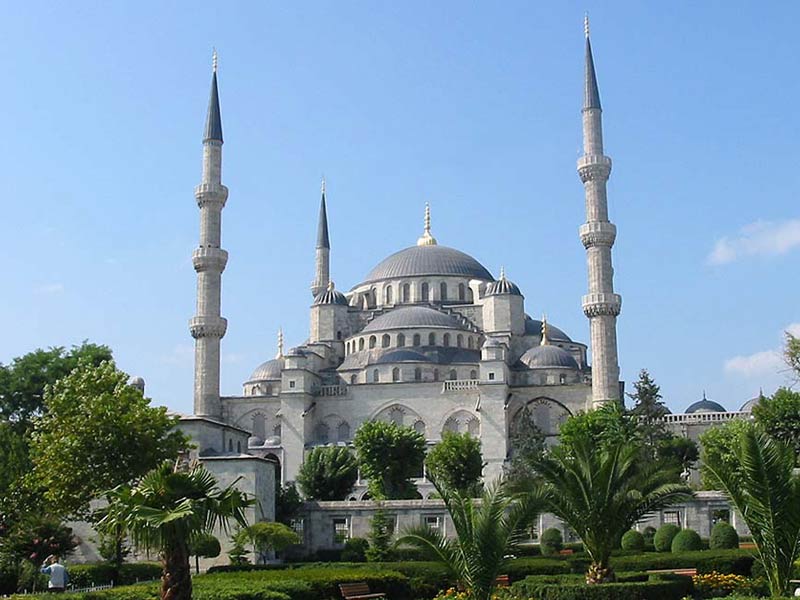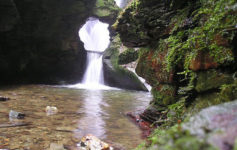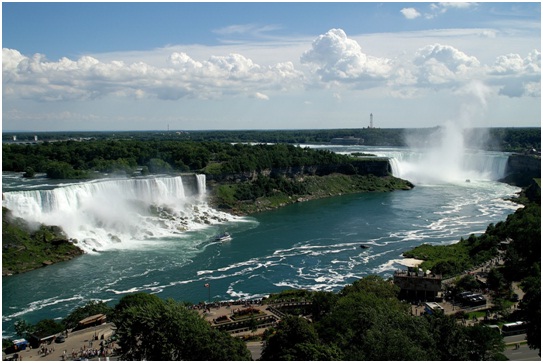In Asia, there are many places where a divine force is present. For people who come there an irradiation condescends, and their illnesses are healed.
Dungtse Lhakhang, Bhutan
You will be required to climb the hill to get to Dungtse Lhakhang, which in fact, is the body of the demon and only the magic power of the church retains the creature from coming to life. If you remove the chain, keeping the building on the ground, the monster will simply fly away. Located in the province of Paro, the temple was built by Buddhist monks Tantong Gielpo in 142, in order to tame the demon which rose from the underworld and threatened to devastate the neighborhood. The form of the building resembles the mystical diagram-mandala, which is used to concentrate during meditation. The only drawback of the temple, restored with such love, is, perhaps, the absence of lighting inside, so a torch or flashlight will have to be used. The main thing is not to be scared of the horror-inspiring frescoes on the walls of the building. By the way, in order to get to Dungtse Lhakhang, visitors will need a special permission from the authorities.
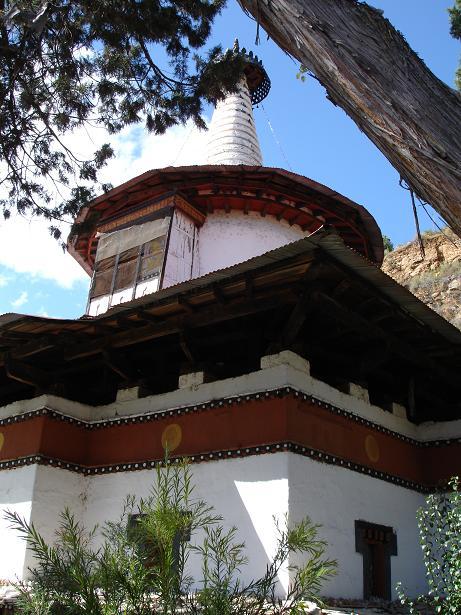
Ananda Pahto, Myanmar
Built in 1091, the temple with steps spiralling upwards, is designed to symbolize the infinite wisdom of Buddha. The quadrangular structure of a perfectly regular shape, topped with a golden “umbrella”, is completely dominating the surrounding landscape. At the top, you can discover the four 10-meter statues of Buddha looking at the different sides of the world. The symbolic gesture, in which the hands of the statue are spread, looking westwards, is unique and is not found anywhere else in the Buddhist world. The earthquake of 1975 almost completely destroyed the temple.
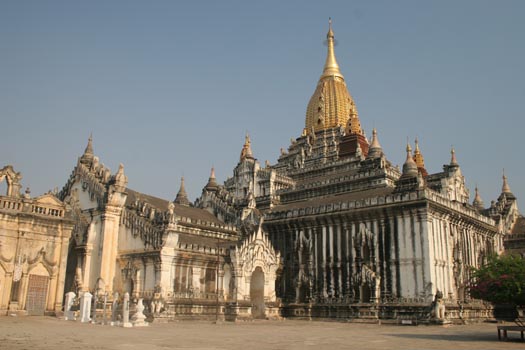
Lumbini, Nepal
They say it is here that Buddha Siddhartha Gautama was born, and here he became Buddha. Anyway, a plaque attached to a pole claims just that. Lumbini is an ancient land, and there is an ample evidence to illustrate the history of Buddha. The world around Lumbini has long been changed, but it is still calm and peaceful here. Monks in saffron dresses are still walking in the garden and say their evening prayers under the sacred tree, becoming a target for many photographers. Fans of historical objects will be able to find in the museum in Lumbini artefacts of various Nepalese dynasties and a collection of stamps with images of Buddha.
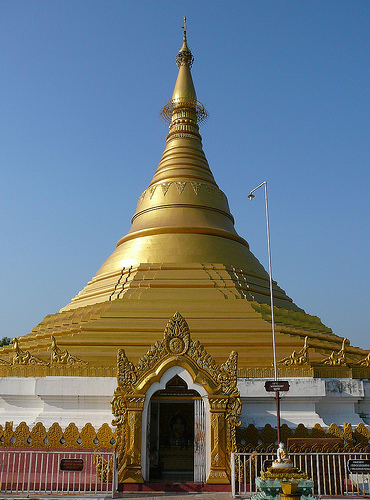
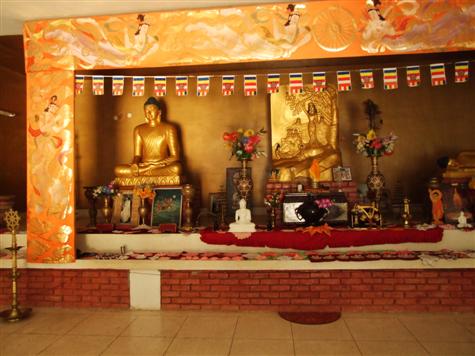
Armenian Church, Singapore
The oldest church in Singapore is rightly considered the masterpiece of the major colonial architect George Coleman. The charming snow-white building is dedicated to St. George, the missionary, who converted the Armenians to Christianity. The temple was built entirely with the funds donated by the Armenian community in Singapore and was the first building in the megalopolis to win electric lights, which are now the integral feature of the city-state.
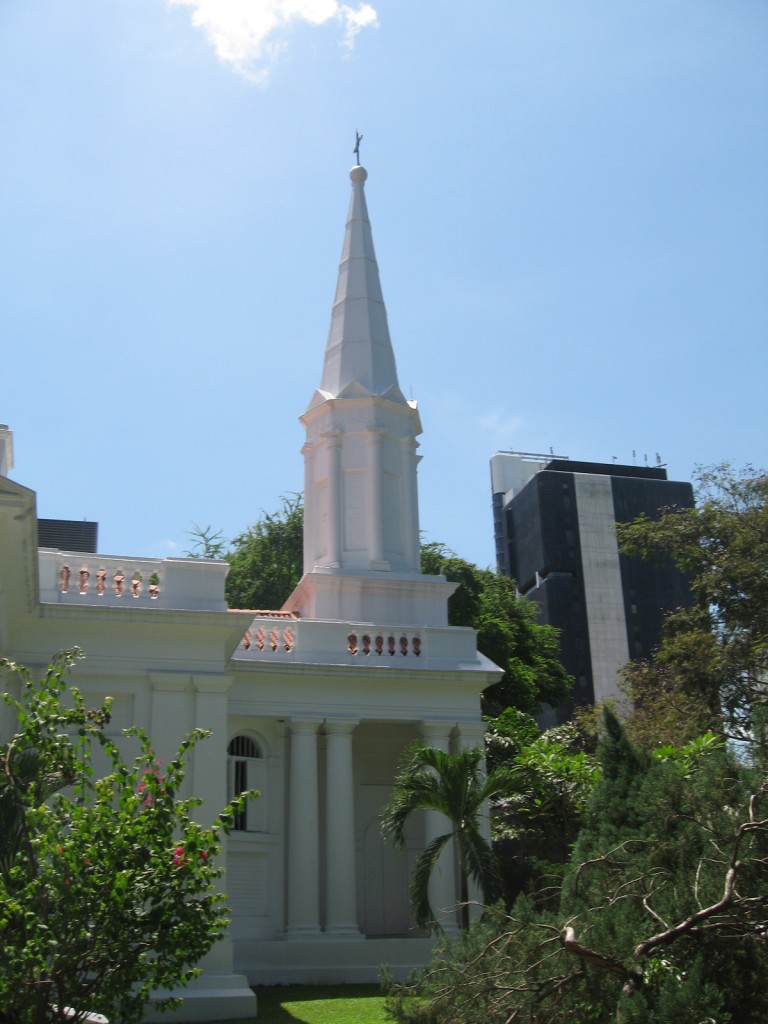
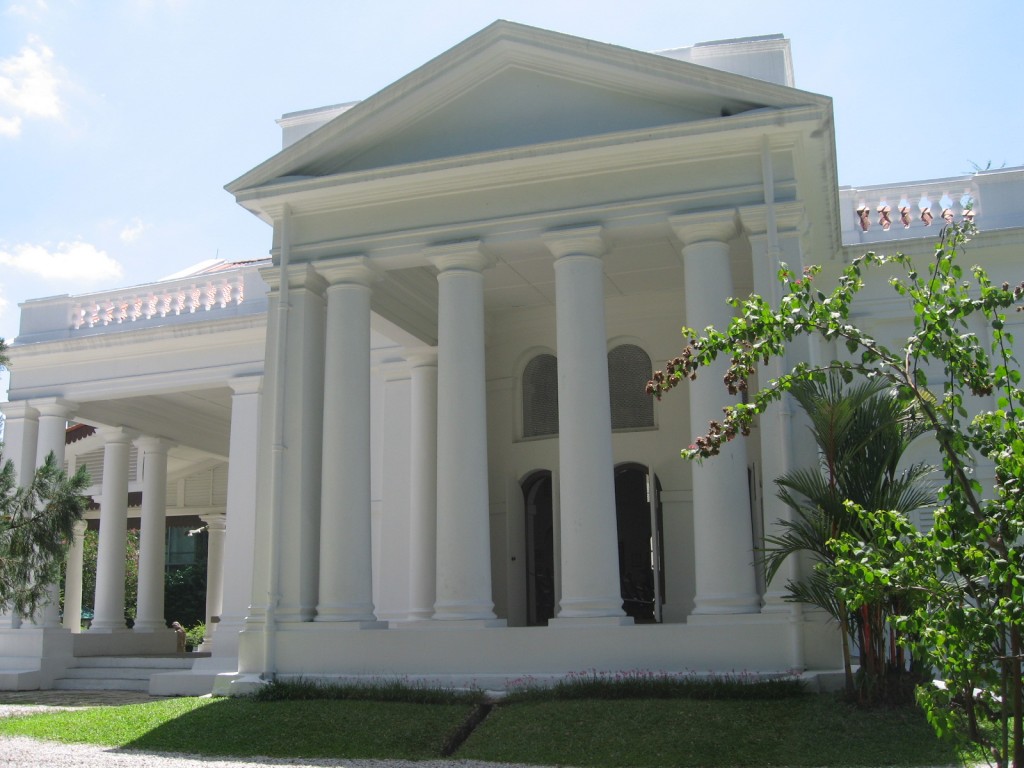
Wat Phra Singh, Thailand
The architecture of the Temple of Sighing Buddha, built in Changmey in the XIII century, is a classic example of northern Thai style. The creation of the temple is contributed by the Thai King Pa Yu, who ordered it to be constructed so that here he could give rest to the ashes of his father. Later, in the XIV century a library was opened, and further 200 years later, it was decorated with statues of Buddha. The statue of the Sighing Buddha, which gave the name to the temple, is located in a specially built room with gold. If you are planning your trip to Thailand, don’t forget to book your accommodations and get the best deals.
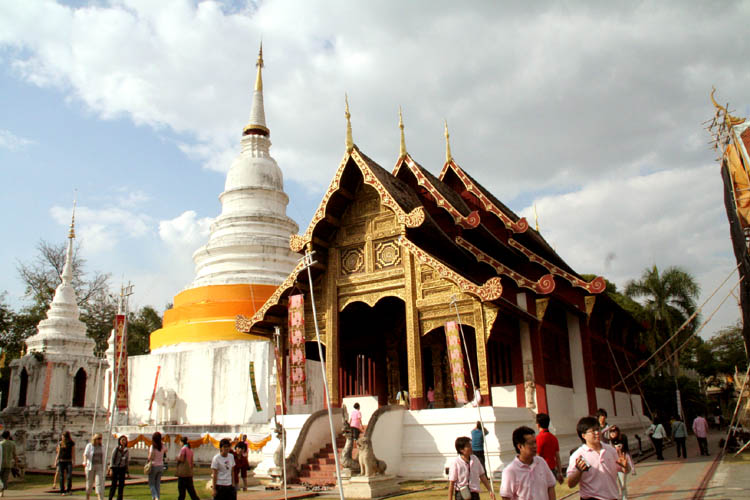
Wong Tai Sin, Hong Kong
Built in 1921, this Daoist temple is dedicated to the popular in Hong Kong Chinese deity, whose other name is Wang Ping Chew. The legend has it that at the age of 15 years, a shepherd named Wang Ping Chu started to practice Daoism, and was so successful in various practices that in his fifty years could turn stones into sheep. The followers of the deity believe that in spite of his horrific appearance, he can heal the wounds and save from death. That is why thousands of people in need of treatment, come daily to this magnificent temple, the dominant colors of which are red, blue and yellow, to the worship carved figures of the deity and regain their health.
Temple of the Tooth, Sri Lanka
They say in the box decorated with precious stones, preserved in the temple, is the upper eye tooth of Buddha, taken from his funeral fire. Until 1990, the relic had been taken out from the precious box only once, but now the monks are so afraid of theft, that in the procession, which means the presence of the sacred object, now only the box is carried in which it is normally stored.
Blue Mosque, Malaysia
One of the largest mosques in the world was laid by late Sultan Salahuddin Abdul Aziz in February 14, 1974. However, the construction started only in 1982 and took six years. The dome of the structure is 57 meters in diameter and rises up to 106 meters. The four minarets of the mosque, each 142 meters, take the second place in the world in height. On a clear sunny day you can see the mosque even from Kuala Lumpur. 24 thousand people can pray there at the same time.
